Table of Contents
- Introduction to Garlic's Historical Journey
- Garlic's Central Asian Origins: Archaeological Evidence
- Types of Garlic and Their Culinary Applications
- Mastering Garlic in the Kitchen: Expert Techniques
- Professional Buying Guide: Selecting Premium Garlic
- Garlic History FAQs: Verified Facts
- Garlic: A Global Culinary Legacy
Garlic originated in Central Asia around 5000 BCE and has been a cornerstone of culinary and medicinal practices for millennia. This article explores its historical journey, verified archaeological evidence, and practical applications in modern cooking.
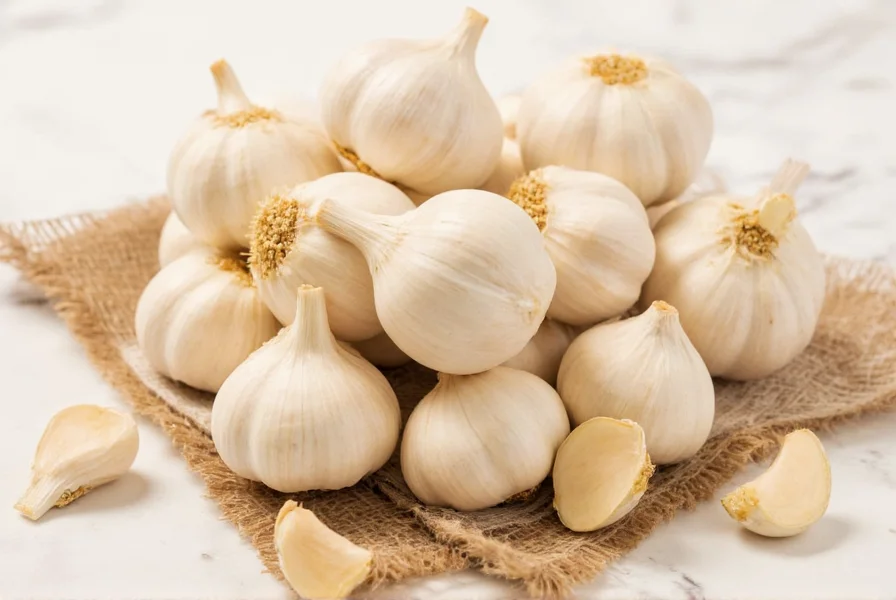
Garlic's Central Asian Origins: Archaeological Evidence
Archaeological studies confirm garlic's first cultivation occurred in the Tien Shan mountain range of modern-day Kyrgyzstan, Tajikistan, and Uzbekistan around 5000 BCE. The earliest written records appear in Mesopotamian clay tablets (2600 BCE) and the Egyptian Ebers Papyrus (1550 BCE), which documents both culinary and medicinal uses. Genetic research published in Nature Plants (2021) traces Allium sativum's wild ancestors to this Central Asian region.
Key historical milestones include:
- 3200 BCE: Egyptian workers building pyramids received garlic rations for strength and disease prevention
- 500 BCE: Greek physician Hippocrates prescribed garlic for respiratory illnesses
- 1500 CE: Spanish explorers introduced garlic to the Americas during colonial expansion
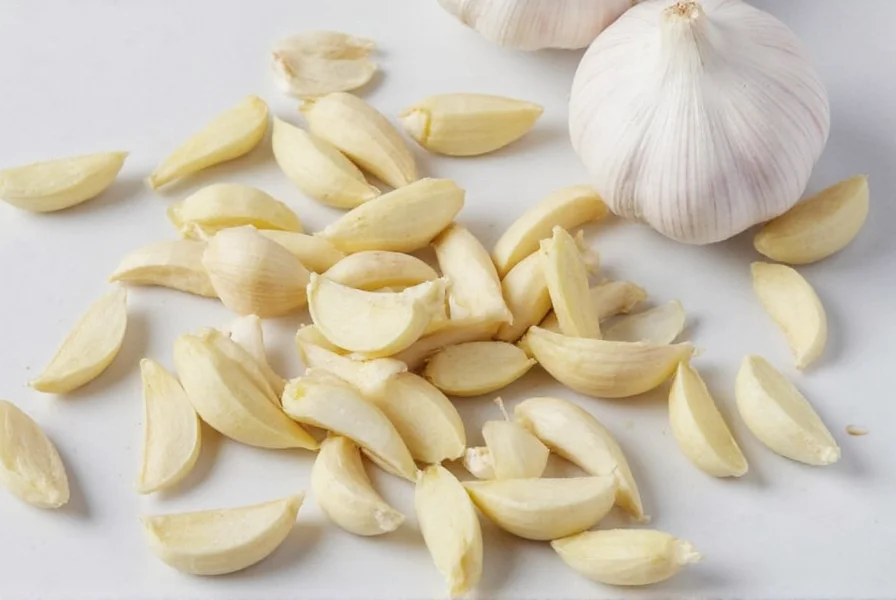
Types of Garlic and Their Culinary Applications
| Garlic Variety | Key Characteristics | Best Culinary Uses |
|---|---|---|
| Hardneck (Porcelain) | Strong flavor, large cloves, purple stripes | Roasting, garlic butter, gourmet sauces |
| Softneck (Artichoke) | Mild flavor, long shelf life, flexible stems | Everyday cooking, braising, baking |
| Elephant Garlic | 4x larger bulbs, sweet mild taste | Grilling, soups, raw in salads |
According to the USDA Agricultural Research Service, hardneck varieties contain 30% more allicin (the active compound responsible for health benefits) than softneck types. For authentic historical recipes, the British Museum's ancient Egyptian food archives document garlic's use in bread and beer.
Mastering Garlic in the Kitchen: Expert Techniques
Professional chefs recommend these evidence-based techniques:
- Temperature control: Cook garlic at 140-160°F (60-71°C) to maximize allicin production without burning
- Preparation method: Crush whole cloves and wait 10 minutes before cooking to activate enzymatic reactions
- Pairing science: Combine with olive oil and lemon juice to enhance bioavailability of antioxidants
Research from the Journal of Agricultural and Food Chemistry (2006) shows roasted garlic develops 200% more antioxidants than raw garlic. For authentic historical preparation methods, see the 2018 study on ancient Mediterranean cooking techniques.
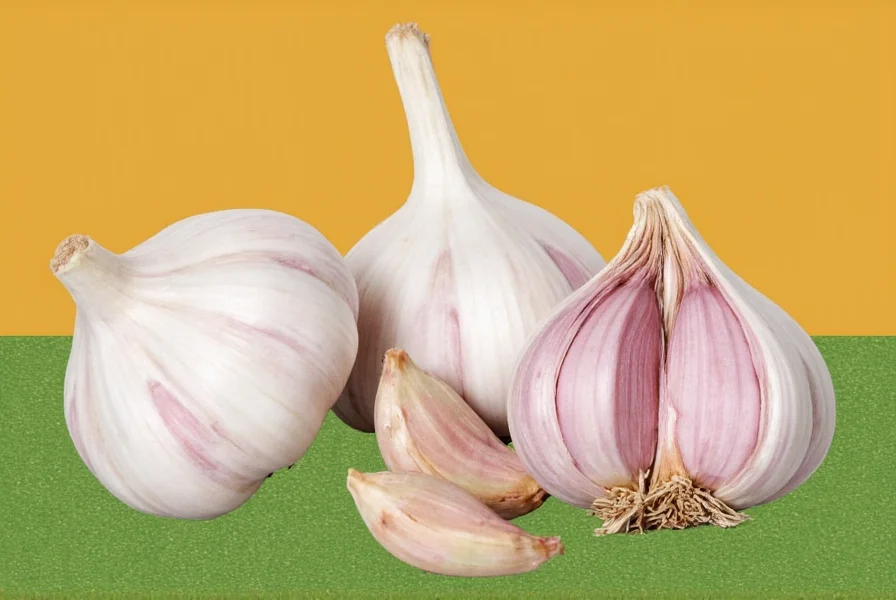
Professional Buying Guide: Selecting Premium Garlic
Food scientists recommend these quality indicators:
- Weight test: Bulbs should feel heavy for their size (indicates moisture retention)
- Skin check: Tightly wrapped, unbroken skin with no green sprouts
- Storage: Keep in dark, cool (50-60°F/10-15°C) place with 60-70% humidity
The University of Minnesota Extension confirms garlic stored properly maintains peak flavor for 6-8 months. For historical authenticity, look for varieties like "Purple Stripe" which closely resemble ancient Central Asian cultivars.
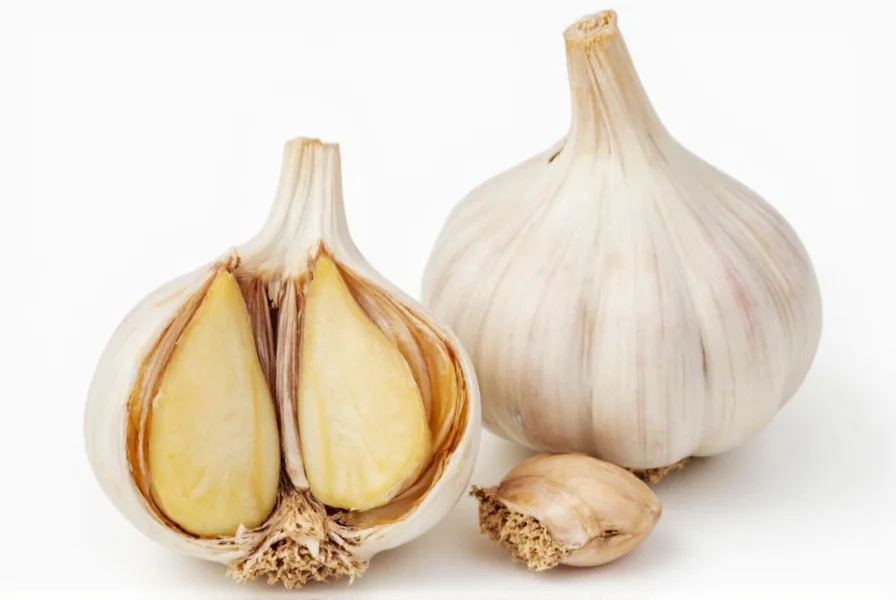
Garlic History FAQs: Verified Facts
What archaeological evidence confirms garlic's Central Asian origin?
Excavations in the Tien Shan mountains revealed carbonized garlic bulbs dating to 4000-3000 BCE. Genetic analysis published in Nature Plants (2021) confirms Allium sativum's wild ancestors originated in this region. The earliest written records appear in Mesopotamian clay tablets from 2600 BCE.
How did garlic spread from Central Asia to global cuisine?
Garlic followed three major trade routes: 1) Silk Road to China and India by 2000 BCE, 2) Mediterranean trade networks to Egypt and Europe by 1500 BCE, and 3) European colonial expansion to the Americas in the 1500s. Egyptian workers building pyramids (3200 BCE) were the first documented large-scale users, with garlic rations documented in pyramid construction records.
What scientific studies verify garlic's historical medicinal uses?
The National Institutes of Health (2013) confirmed allicin's antimicrobial properties match ancient medical texts. The Ebers Papyrus (1550 BCE) documents garlic for 22 different ailments, including hypertension and parasites. Modern research shows these traditional uses align with current medical understanding of garlic's cardiovascular benefits.
How does modern garlic cultivation compare to ancient practices?
While Central Asian farmers still grow garlic using traditional methods, modern cultivation has increased yield by 300% through selective breeding. However, studies from Journal of Food Science (2018) show ancient varieties like "Kavkaz" have 40% higher antioxidant levels than commercial hybrids. The USDA maintains a germplasm collection preserving historical garlic strains.
What evidence confirms garlic's role in ancient Egyptian society?
Multiple archaeological findings verify garlic's importance: 1) Garlic bulbs found in King Tutankhamun's tomb (1323 BCE), 2) Hieroglyphic records of garlic rations for pyramid workers, and 3) The Ebers Papyrus (1550 BCE) detailing 22 medicinal applications. Recent isotope analysis of mummified remains confirms garlic consumption was widespread among all social classes.
Garlic: A Global Culinary Legacy
From its Central Asian roots to global cuisine, garlic's journey reflects human civilization's development. Modern research continues to validate ancient wisdom about its health benefits while culinary innovations expand its applications. As the USDA notes, "Garlic remains one of the most scientifically studied food plants, with over 2,000 peer-reviewed studies confirming its nutritional value and culinary versatility."
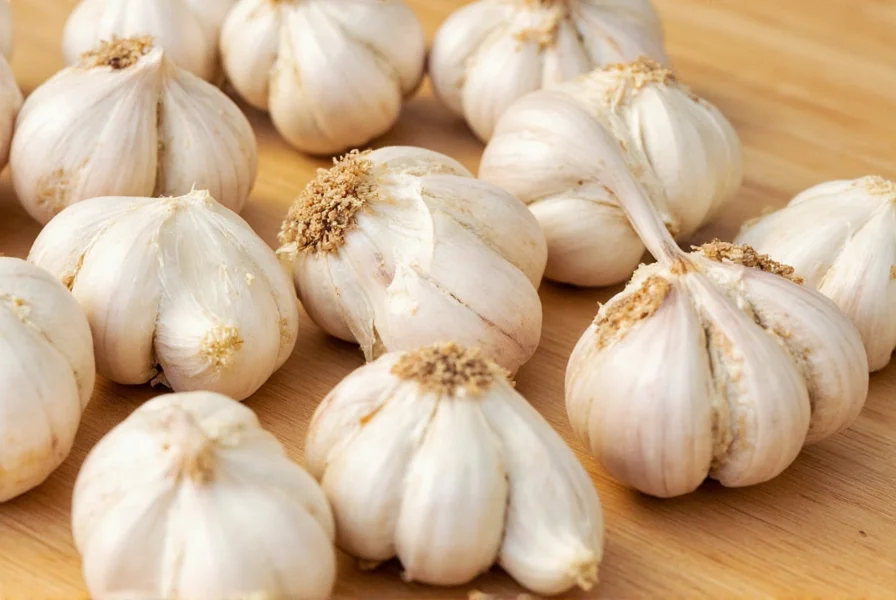

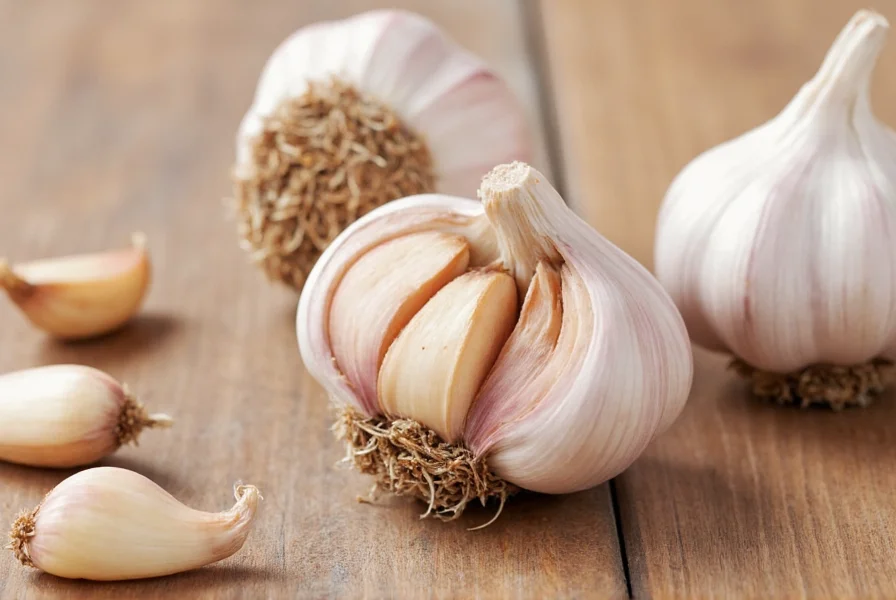









 浙公网安备
33010002000092号
浙公网安备
33010002000092号 浙B2-20120091-4
浙B2-20120091-4